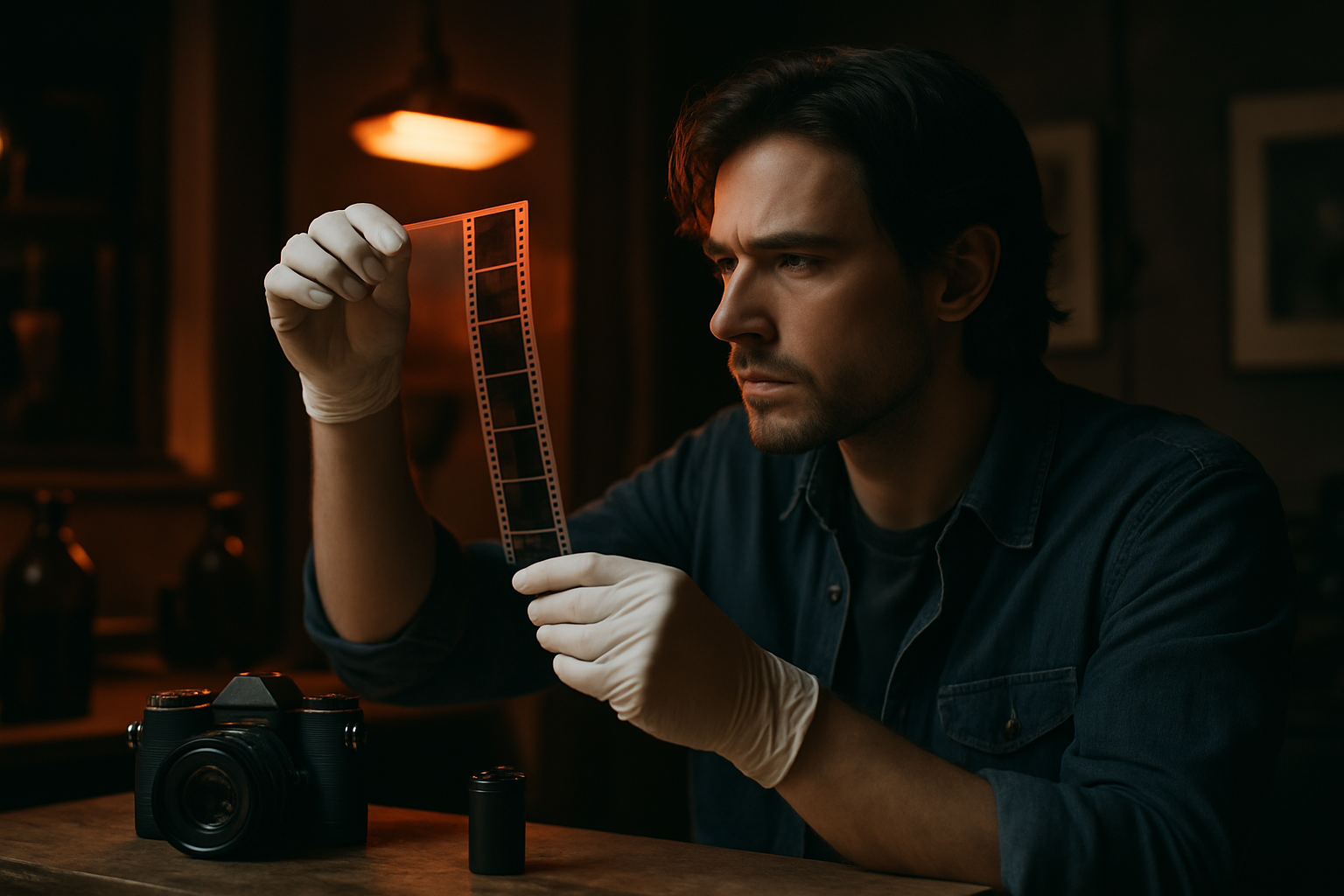The Renaissance of Analog Photography in the Digital Age
In an era dominated by smartphones and instant digital gratification, a curious trend has emerged in the world of photography. Analog photography, once thought to be a relic of the past, is experiencing a remarkable resurgence. This unexpected revival is not just a nostalgic nod to bygone days, but a conscious choice by artists and enthusiasts seeking a more tactile and deliberate approach to image-making. As digital cameras continue to advance, why are so many photographers returning to film?

A Return to Craft
One of the primary drivers behind the analog renaissance is the desire for a more hands-on, craft-oriented approach to photography. The process of loading film, manually adjusting settings, and developing negatives requires a level of engagement and skill that many find lacking in digital photography. This return to craft has led to a renewed interest in darkroom techniques, with many photographers setting up home darkrooms to process and print their own work.
The Slow Photography Movement
Analog photography has become synonymous with the slow photography movement, which emphasizes thoughtful composition and patient observation over rapid-fire shooting. With limited exposures per roll of film, photographers are compelled to be more selective and deliberate in their image-making. This approach not only results in more considered photographs but also fosters a deeper connection between the photographer and their subject.
Education and Community
The resurgence of analog photography has sparked a renewed interest in photographic education. Workshops and classes focusing on film techniques have become increasingly popular, attracting both seasoned professionals and newcomers to the medium. This educational revival has fostered a sense of community among analog enthusiasts, with darkroom collectives and film photography clubs popping up in cities around the world.
The Aesthetic Appeal
Beyond the process, the aesthetic qualities of film photography continue to captivate both creators and viewers. The unique color rendition, tonal range, and depth of film images offer a visual alternative to the often clinical perfection of digital photographs. This distinctive look has found favor not only in fine art photography but also in commercial and fashion work, where the film aesthetic is prized for its warmth and character.
Challenges and Sustainability
Despite its growing popularity, the analog photography movement faces significant challenges. The availability of film stocks and processing facilities has dwindled over the years, and the environmental impact of chemical processing is a concern for many. However, innovative companies are addressing these issues by developing more sustainable film production methods and eco-friendly processing techniques, ensuring that analog photography can continue to thrive in an environmentally conscious world.
Digital and Analog Synergy
Interestingly, the revival of analog photography has not occurred in isolation from digital technology. Many photographers are embracing a hybrid approach, combining the tactile experience of shooting film with the convenience of digital scanning and post-processing. This synergy between old and new technologies has opened up new creative possibilities and workflows, blurring the lines between analog and digital practices.
The Future of Film
As the analog photography movement continues to gain momentum, questions arise about its long-term sustainability and place in the broader photographic landscape. Will it remain a niche interest, or could it signify a more fundamental shift in how we approach image-making? Whatever the future holds, the current renaissance of analog photography serves as a powerful reminder of the enduring appeal of tangible, physical processes in an increasingly digital world.





